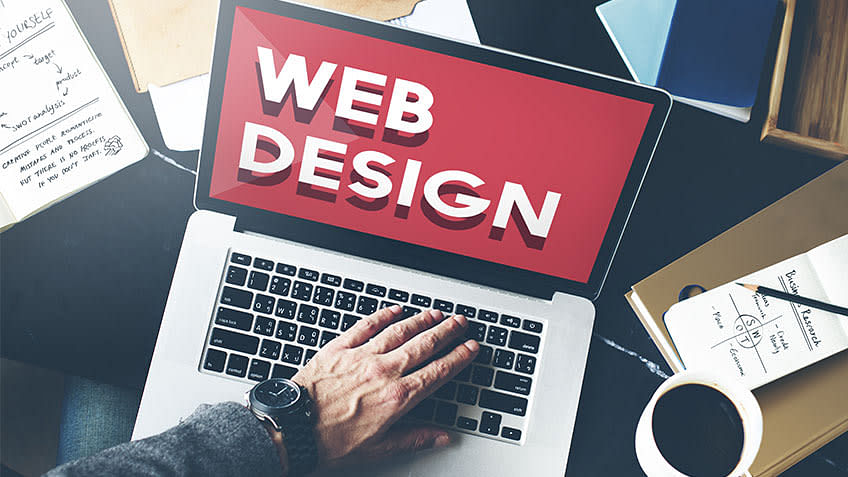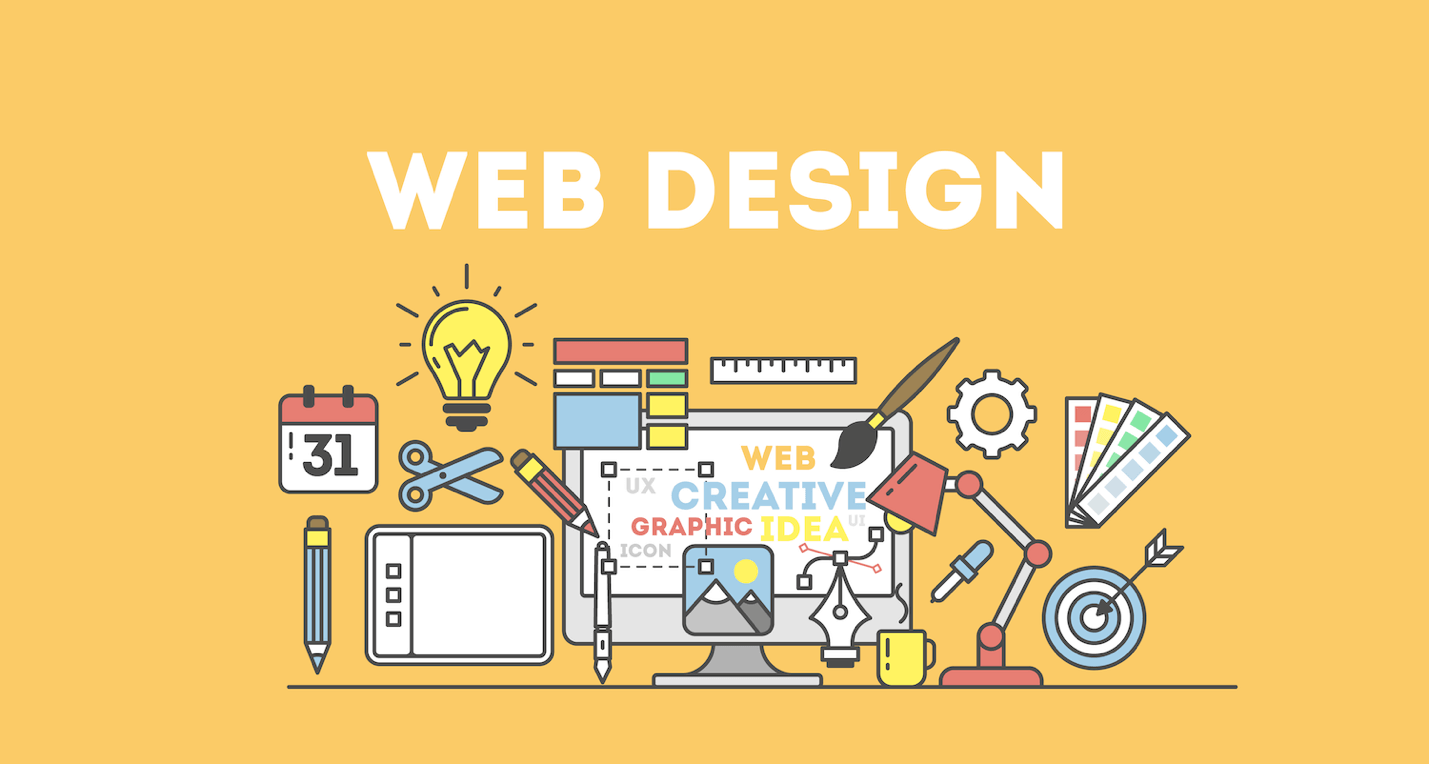Trick Considerations to Keep in Mind When Establishing a Modern Web Style That Lines Up With Existing Patterns
In the ever-evolving landscape of internet style, it is crucial to think about several pivotal elements that not just mirror present trends but additionally boost individual involvement. A responsive layout is critical, guaranteeing that users experience smooth capability throughout numerous gadgets. Prioritizing individual experience with intuitive navigating and aesthetic allure can not be overlooked.
Responsive Layout Principles
In the ever-evolving landscape of internet design, the application of responsive design principles stands as a fundamental demand for creating straightforward internet sites. Responsive style makes certain that web pages provide well on a range of tools, from desktops to mobile phones and tablet computers. This flexibility is accomplished with fluid grids, versatile pictures, and media questions, which collectively allow a single web site to provide an ideal watching experience across diverse systems.
The core of responsive layout exists in its ability to adjust layout and material based upon the customer's display dimension and orientation. By using relative units like percentages rather than repaired devices like pixels, designers can produce scalable formats that maintain visual integrity. In addition, utilizing media questions enables the application of various designs relying on the attributes of the gadget, promoting customized experiences that boost use.
Moreover, responsive design is not merely a technological factor to consider; it is critical in accommodating the enhancing use of mobile phones for internet browsing. As customer expectations advance, ensuring access and functionality across all systems comes to be essential for preserving engagement and contentment. Hence, accepting responsive layout principles is essential for modern-day internet growth, fostering inclusivity and future-proofing electronic material.
Emphasis on Customer Experience
Customer experience (UX) has arised as a central emphasis in modern-day internet style, complementing the principles of receptive design by prioritizing how customers engage with internet sites. A properly designed UX can substantially affect individual interaction, contentment, and retention, underscoring the demand for designers to create intuitive and delightful experiences.
Key components of reliable UX layout consist of functionality, capability, and aesthetic appeals. Web sites need to be easy to browse, making certain individuals can find the information they seek without complication.

Moreover, including user feedback right into the layout procedure is vital - web design. Conducting use testing and celebration understandings from genuine customers can supply valuable info to improve the layout and address pain points. Inevitably, a solid focus on user experience will certainly help create web sites that reverberate with site visitors, cultivating loyalty and driving conversions
Significance of Ease Of Access
Availability is a fundamental facet of modern website design, making certain that all users, no matter of their handicaps or capacities, can connect web and navigate with digital material effectively. As the net comes to be progressively essential to day-to-day life, it is crucial that web sites are comprehensive, dealing with a diverse target market that includes individuals with visual, acoustic, cognitive, and electric motor disabilities.
Applying access features not just adheres to legal needs, such as the Americans with Disabilities Act (ADA) and the Web Material Availability Guidelines (WCAG), yet additionally improves user experience for everybody. Available designs commonly bring about far better navigation, quicker packing times, and boosted search engine optimization, benefiting all individuals.
In addition, fostering a comprehensive electronic environment reflects favorably on a brand name's reputation. Companies that focus on availability demonstrate social duty and a dedication to equity, which can boost consumer commitment and broaden their market reach.

Existing Aesthetic Patterns
Embracing existing aesthetic trends is critical for developing aesthetically attractive and interesting internet sites that record user focus. In today's digital landscape, minimalism proceeds to control, highlighting tidy lines, adequate white space, and straightforward navigating. This strategy not only enhances readability but additionally allows key material to radiate, straightening with customer expectations for simplicity and clearness.
Moreover, using bold typography is progressively preferred, supplying a distinctive voice and boosting brand identification. Huge, eye-catching fonts can develop visual pecking order, assisting customers via the content effectively. Furthermore, vivid shade palettes are picking up, allowing designers to evoke emotions and produce remarkable experiences.
An additional pattern is the incorporation of unbalanced formats and natural forms, which can include an aspect of shock and creativity, establishing an internet site aside from even more standard styles. Furthermore, the combination of immersive visuals, such as top notch images and video clips, can engage individuals and communicate messages extra incredibly. web design.
As these aesthetic patterns evolve, it is necessary for internet developers to remain educated and adjust their methods, guaranteeing their productions continue to be relevant and resonate with contemporary target markets.
Optimizing for Performance
While visual factors to consider play a substantial function in bring in individuals, optimizing for efficiency is just as important to make certain a smooth browsing experience. A properly designed internet site must pack quickly and respond promptly to individual interactions, as delays can result in disappointment and boosted bounce rates.
To achieve ideal performance, developers must focus on minimizing data sizes by compressing images and making use of effective coding practices (web design). Applying careless loading strategies can likewise boost rate by deferring the loading of non-essential sources till they are required. Additionally, leveraging Web content Shipment Networks Clicking Here (CDNs) can disperse fixed properties more detailed to users, lowering latency
In addition, it is necessary to utilize contemporary web modern technologies such as HTML5 and CSS3, which not only boost performance yet likewise improve compatibility across different tools and browsers. Frequently keeping an eye on website speed making use of tools like Google PageSpeed Insights can offer valuable understandings into areas for renovation.

Final Thought
In final thought, contemporary web style requires a diverse technique that incorporates receptive style principles, an emphasis on user experience, and strict adherence to availability requirements. Jointly, these considerations add to the creation of an impactful and natural on-line presence that meets the diverse requirements of contemporary users.
In the ever-evolving landscape of web layout, it is important to consider several pivotal factors that not just show present patterns yet also enhance customer involvement. A responsive layout is critical, making sure that users experience smooth capability throughout numerous tools.The core of responsive design exists in its capability to adjust layout and content based on the customer's display dimension and orientation.Moreover, incorporating customer comments right into the style procedure is essential.In verdict, contemporary Read Full Report internet style necessitates a diverse method that incorporates responsive layout principles, a focus on individual experience, and strict adherence to accessibility requirements.
Comments on “Key Elements to Consider When Crafting Specialist Web Design”